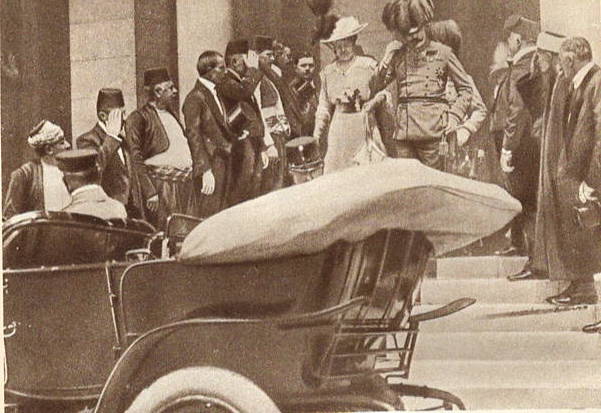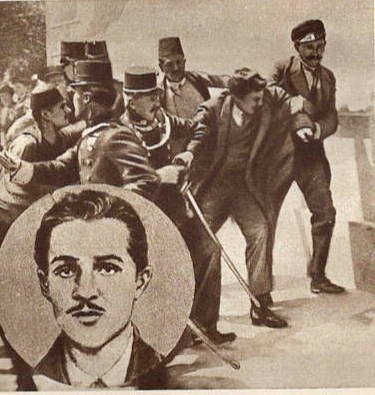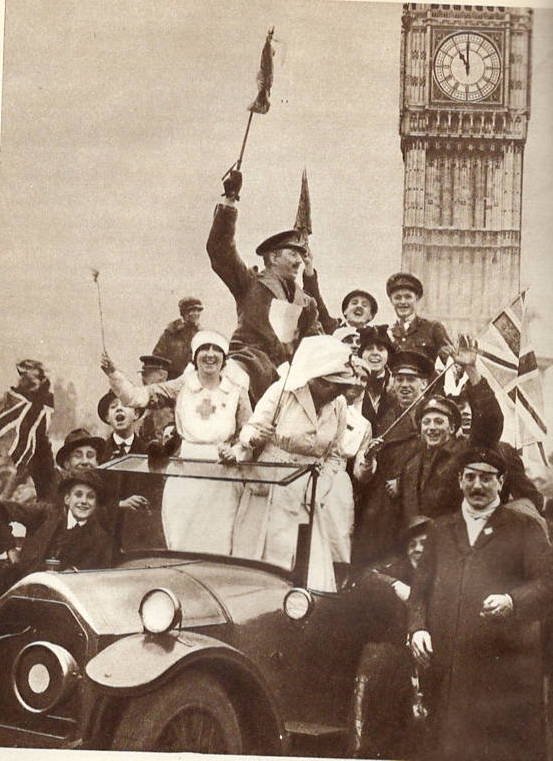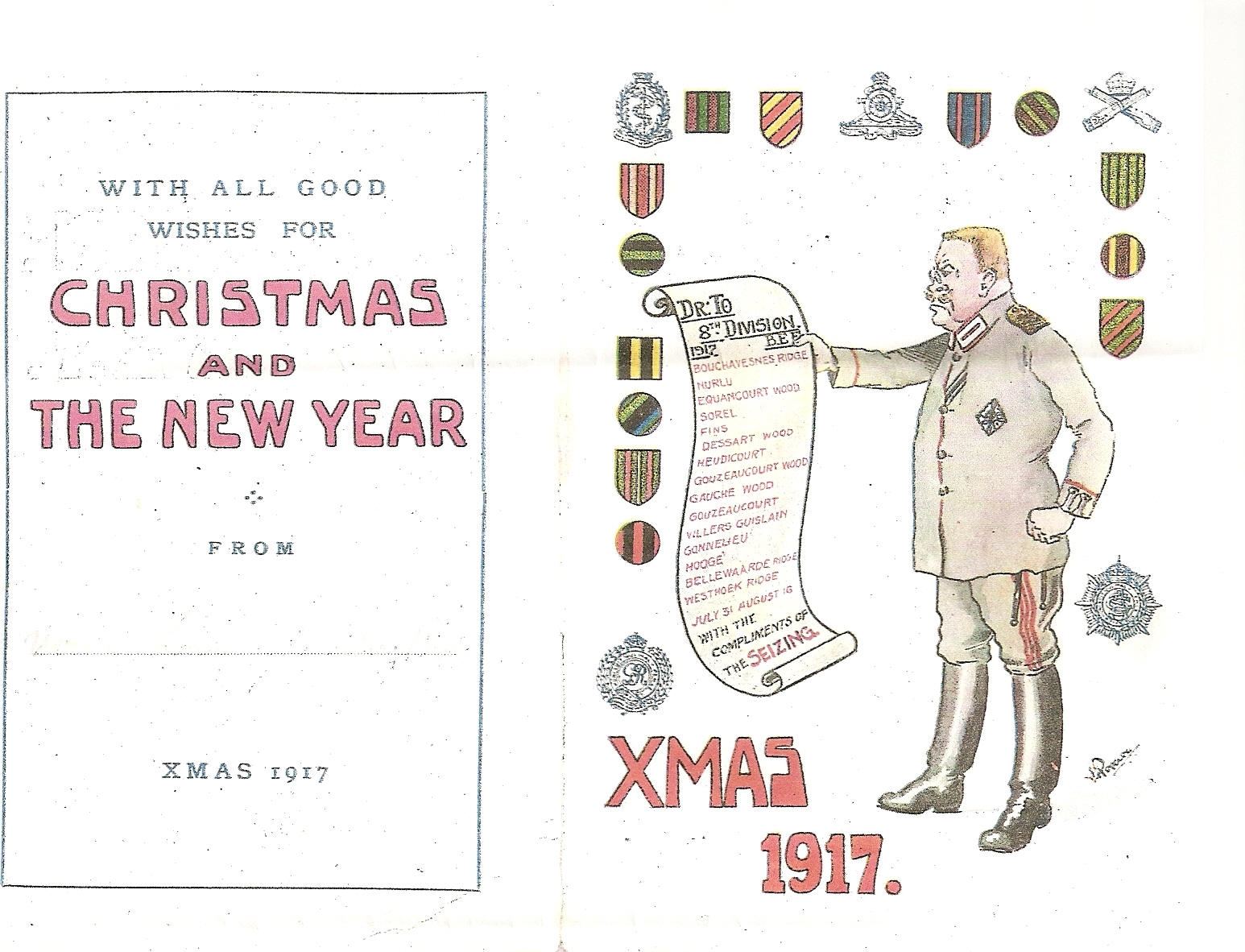Blacket(t)s in the First World War
2019 marked the centenary of the Treaty of Versailles, which formally brought to an end the First World War, referred to for many years afterwards as “The Great War”.


The spark that triggered the conflict was the assassination at Sarajevo of Archduke Franz Ferdinand of Austria by Gavrilo Princip, a Bosnian Serb, on 28 June 1914. Hostilities broke out shortly afterwards and the British Empire formally entered the war on 4 August 1914 following the German invasion of neutral Belgium.

Hostilities continued for four years, finally ceasing on the Western Front at 11.00 a.m. on 11 November 1918 when an armistice came into effect. The war officially came to an end with the signing of the peace treaty at Versailles on 28 June 1919, exactly five years after the assassination.

In Britain the armistice is commemorated in November each year by a remembrance service at The Cenotaph in Whitehall, London. For the armistice service in 1919 a temporary cenotaph of wood and plaster was erected, which was replaced by the present Portland stone structure in 1920.
For a list of Blacketts killed on active service in both World Wars, with links to their places in the tree, please click here.
Rev. John Blacket lost two sons in the Great War - John Wesley Blacket who was killed in Belgium in 1916, and Joseph Arnold Blacket, killed at the Somme in 1918.
Howard “Ted” Blackett, the youngest son of William Alexander Blackett (c1832-1895) of Tasmania, a Private in the Australian Infantry Force, was killed in Gallipoli, Turkey in 1915. William Alexander Blackett’s grandson, Horace Raymond Blackett, a driver with the Australian Field Artillery, was killed in the Somme in 1918. Other members of this family to serve in the First World War were Horace’s elder brother William Alexander “Alec” Blackett, who was blinded for life in 1916 at Ypres, his uncle Cephas Augustus (known as Mortimer Charles) Blackett MBE (Mil), who had previously served in the Boer War, and Horace’s aunt, Alice Maude Blackett, who served in France as a nurse and was invalided home in 1918 after suffering the effects of gas.
Many other Blacketts also served in the armed services during World War I. Patrick Maynard Stuart Blackett (see A Nobel Prize for a Blackett) served as a midshipman on HMS Carnarvon at the Battle of the Falkland Islands in 1914 and on HMS Barham at the Battle of Jutland in 1916. Also at the Battle of Jutland was Captain, and later Admiral, Henry Blackett, who commanded the cruiser HMS Duke of Edinburgh.
Lieutenant Basil John Blackett (see Sporting Blacketts), a former race horse trainer and jockey, became a flying ace, being credited with five aerial victories as an observer and rear gunner.

